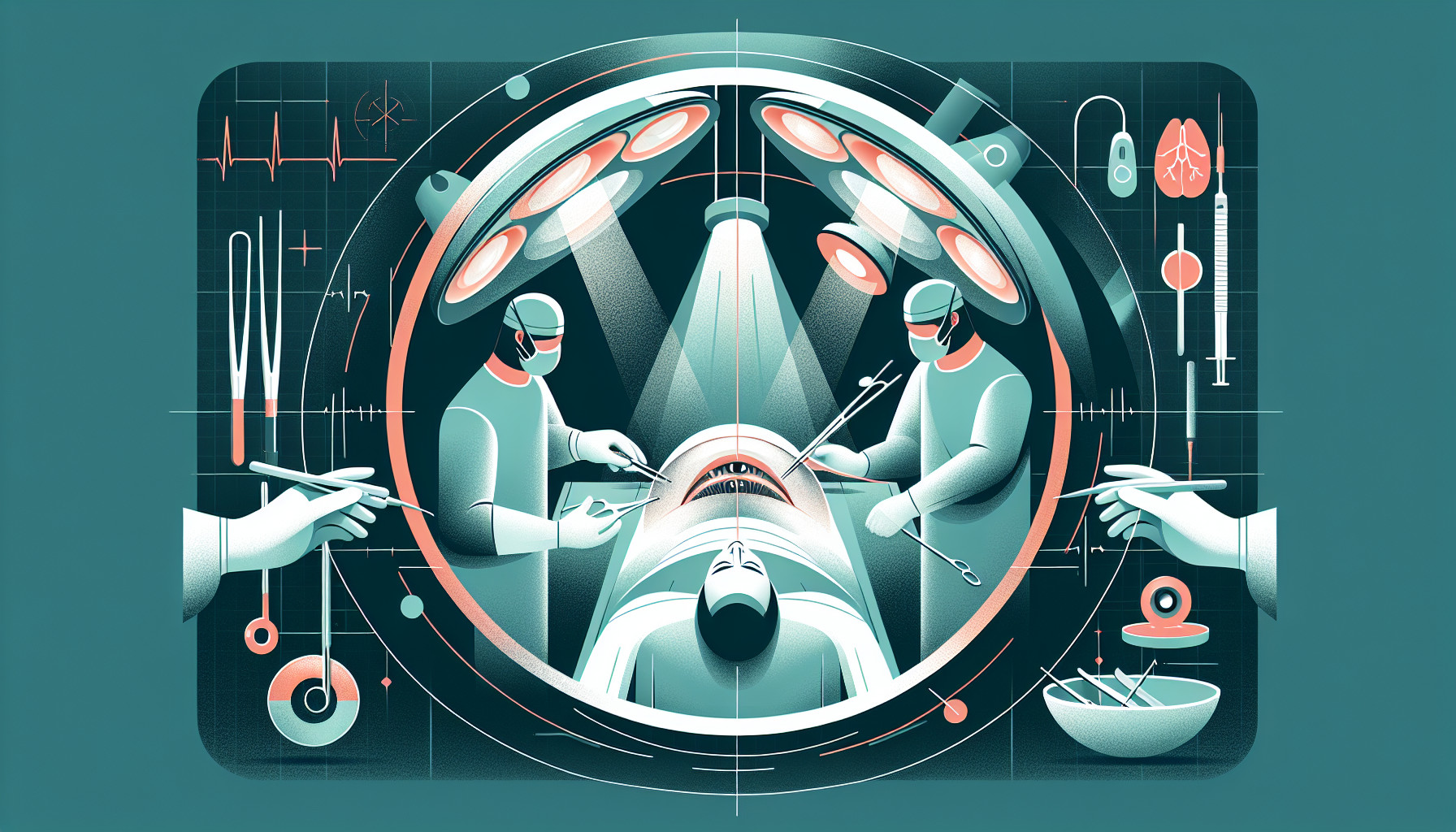Our Summary
This research paper discusses the history and advancements in cataract surgery, which is one of the most common and oldest surgical procedures performed around the world. Cataract surgery involves removing a cloudy lens from the eye, which is often a result of aging, and replacing it with an artificial one. The paper talks about how the surgery has evolved over time, from an ancient method called “couching” to the modern technique known as “phacoemulsification”. It also mentions improvements in the technology used to create the artificial lenses. Overall, the paper suggests that cataract surgery is one of the most successful treatments in the field of medicine.
FAQs
- What is cataract surgery and how common is it?
- What advancements have been made in cataract surgical techniques and intraocular lens replacement technology?
- How has cataract surgery evolved from its earliest approach to modern day techniques?
Doctor’s Tip
One helpful tip a doctor might tell a patient about cataract surgery is to follow all pre-operative instructions carefully, including stopping certain medications and fasting before the procedure. This will help ensure a successful surgery and optimal recovery.
Suitable For
Patients who are typically recommended for cataract surgery include those who are experiencing symptoms such as blurry vision, difficulty seeing at night, sensitivity to light, and seeing halos around lights. Cataract surgery is also recommended for patients whose cataracts are significantly affecting their daily activities and quality of life. Additionally, patients with cataracts that are causing other eye conditions such as glaucoma or macular degeneration may also be recommended for surgery to improve their overall eye health. Ultimately, the decision to undergo cataract surgery should be made in consultation with an ophthalmologist who can assess the individual patient’s specific needs and recommend the most appropriate course of treatment.
Timeline
Before cataract surgery:
- Patient notices symptoms such as blurred vision, glare, difficulty seeing at night, or colors appearing faded
- Patient visits an eye doctor for a comprehensive eye exam, which includes a visual acuity test, dilated eye exam, and other tests to diagnose cataracts
- The doctor discusses treatment options, including cataract surgery, with the patient
After cataract surgery:
- Patient undergoes pre-operative testing, such as measurements of the eye and discussion of intraocular lens options
- On the day of surgery, patient arrives at the surgical center and is prepped for the procedure
- Cataract surgery is performed, typically using phacoemulsification to break up the cataract and remove it from the eye
- Intraocular lens replacement is placed in the eye to restore clear vision
- Patient is monitored for a short period after surgery and then sent home with instructions for post-operative care
- Patient attends follow-up appointments to ensure proper healing and vision improvement.
What to Ask Your Doctor
- What type of cataract surgery do you recommend for me?
- What are the potential risks and complications associated with cataract surgery?
- How long is the recovery process and what can I expect during that time?
- Will I need to wear glasses or contact lenses after cataract surgery?
- How long will the effects of cataract surgery last?
- What should I do to prepare for cataract surgery?
- Are there any lifestyle changes I should make before or after the surgery?
- How many cataract surgeries have you performed and what is your success rate?
- Will I need any follow-up appointments after the surgery?
- Are there any alternative treatments or procedures I should consider?
Reference
Authors: Davis G. Journal: Mo Med. 2016 Jan-Feb;113(1):58-62. PMID: 27039493
